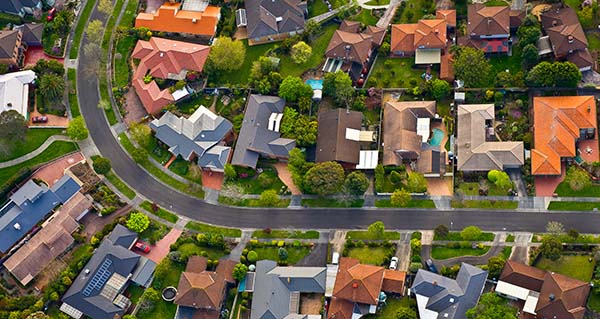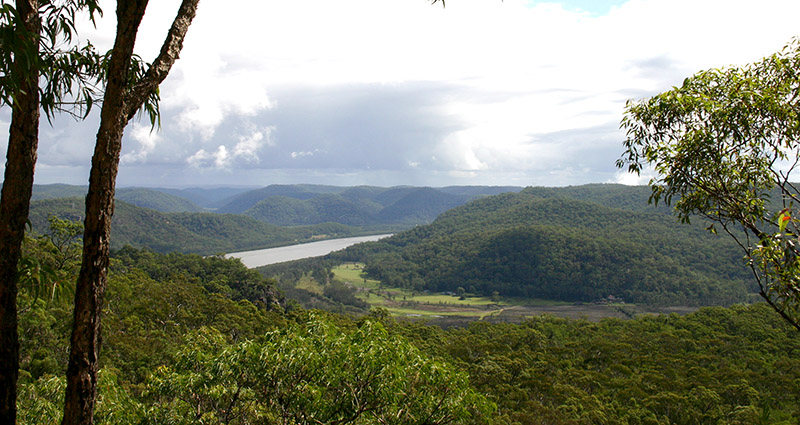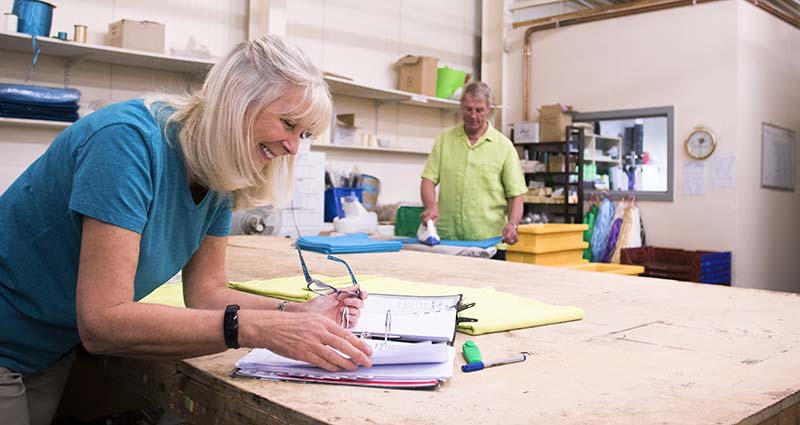Pollution Prevention
Many small to medium sized businesses in Hornsby Shire are of a high priority with concern to stormwater pollution. This particularly includes industrial areas in Hornsby, Thornleigh and Mount Kuring-gai, however all businesses should be thinking about their environmental impact and taking measures to minimise it.
Things businesses can do to keep our waterways clean
- Keep your premises clean to avoid unintentional pollution of the stormwater system
- Ensure drainage from any work or wash areas are isolated from the stormwater
- Make arrangements to recycle used oils, chemicals and other materials or dispose of them at an approved waste depot
- Locate tanks and valves in a bunded area (i.e. a low wall built to contain liquids). Speed humps across the entrance to the workshop can turn the whole workshop into a bunded area
- Dry sweep or vacuum rather than hose down work floors and forecourts to help conserve water as well as prevent stormwater pollution
- Be responsible with waste created by your business operations and look for ways to recycle and reduce waste production.
Managing spills
- Have an emergency spill response plan and ensure employees are aware of the procedure
- Stop the source of the spills and isolate or contain it from the stormwater system
- For clean-up of small scale spills, consult the Material Safety Data Sheets (MSDS) for the chemicals involved in the spill. These data sheets provide relevant information for specific liquid types and are available from chemical manufacturers and suppliers
- For large scale hazardous spills contact the NSW Fire Brigade (000) immediately for help with clean-up operations.
Solutions to pollution for small industries and businesses
Managing pollution from construction and buildings sites
To effectively manage sediment pollution and prevent stormwater contamination from construction and building sites, follow these best practices:
- Minimise Site Disturbance: Limit the cleared area and preserve as much existing vegetation as possible. Use temporary fencing to define ‘no-go’ zones to protect undisturbed areas
- Install Sediment Fences: Properly install sediment fences along the low side of the site before any work begins to capture runoff
- Divert Water Safely: Direct water around the work site using stabilised channels, ensuring neighbouring properties are not flooded
- Stabilise Access Points: Establish and clearly mark a single stabilised entry/exit point to minimise sediment tracking off-site
- Use Turf Strips for Runoff Control: Retain or lay kerbside turf (e.g., nature strips) to reduce water speed and trap sediment before it enters stormwater drains
- Daily Maintenance of Controls: Inspect erosion and sediment controls daily, ensuring they remain effective and in good condition
- Manage Stockpiles: Stockpile topsoil within sediment-controlled areas and cover it to prevent erosion from wind or rain
- Monitor Weather Conditions: Stay aware of weather forecasts to prepare for rain and adjust controls as needed
- Stabilise Exposed Earth: Use vegetation, erosion control mats, or other measures to stabilise exposed soil and earth banks
- Compact Trenches Promptly: Backfill and compact trenches immediately after laying services to prevent erosion
- Provide Waste Receptacles: Use on-site waste containers, such as mini-skips or wind-proof bins, to prevent litter from escaping
- Avoid Hosing Roads: Sweep roads and footpaths daily and return soil to sediment controls. Never hose soil into gutters, as this can cause pollution
- Connect Roof Drainage Early: Install permanent or temporary downpipes as soon as roofing is completed to direct water into stormwater drains, preventing uncontrolled flow across the site
- Revegetate Quickly: Begin revegetation as soon as possible. Keep erosion and sediment controls in place until at least 70% of the site is covered with vegetation.
By implementing these measures, you can effectively minimise the environmental impact of your construction activities and ensure compliance with local regulations.







